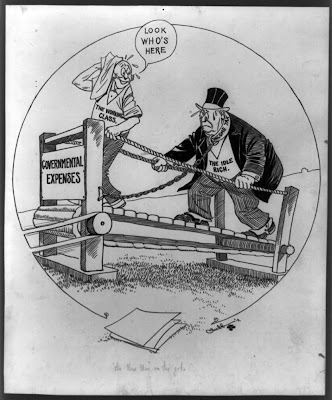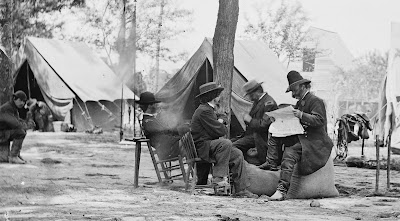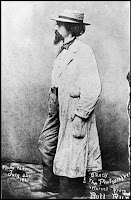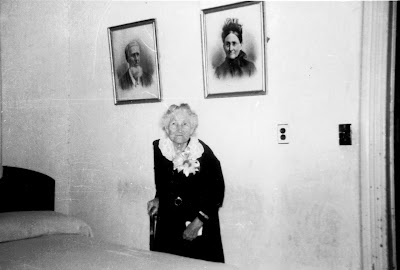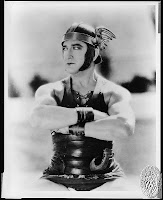
COLUMBIA, S.C. (NYTimes) - Until 1923, the only school in the largely black farm settlement of Pine Grove was the one hand-built by parents, a drafty wooden structure in the churchyard. Anyone who could read and write could serve as teacher. With no desks and paper scarce, teachers used painted wood for a blackboard, and an open fireplace provided flashes of warmth to the lucky students who sat close.
This changed after a Chicago philanthropist named Julius Rosenwald, the president of Sears, Roebuck, took up the cause of long-neglected education for blacks at the urging of Booker T. Washington, the proponent of black self-help. By the late 1920s, one in three rural black pupils in 15 states were attending a new school built with seed money, architectural advice and supplies from the Rosenwald Fund. Continued
Photo: This Rosenwald School, in Abingdon, Maryland, was recently torn down.

















